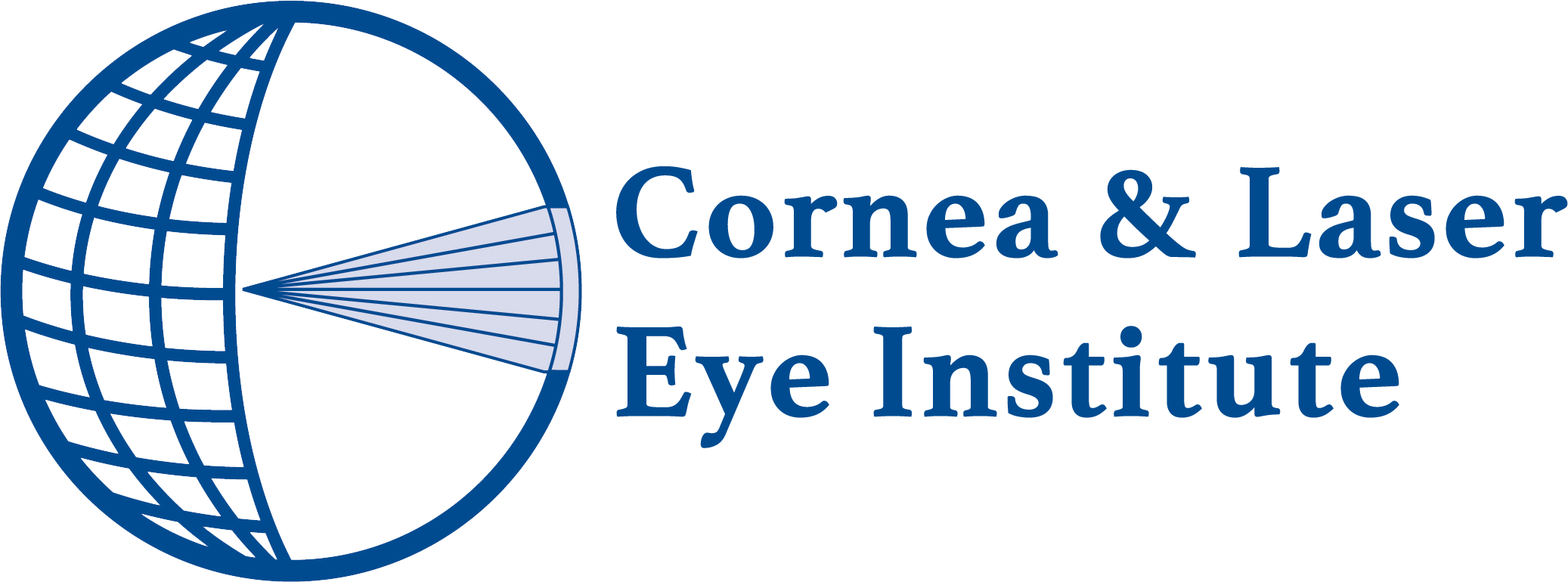
Understanding Binocular Vision Disorders
Binocular vision disorders are a group of conditions that affect the way your eyes work together. These disorders can cause a range of symptoms, including double vision, eye strain, headaches, and difficulty with depth perception. They can be caused by a variety of factors, such as muscle imbalances, refractive errors, or neurological issues.
One of the most common binocular vision disorders is strabismus, which occurs when your eyes are not properly aligned. This can cause one eye to turn inward, outward, up, or down, leading to double vision and other visual problems. Another common disorder is convergence insufficiency, which makes it difficult for your eyes to work together to focus on nearby objects.
Regardless of the specific condition, binocular vision disorders can have a significant impact on your daily life, making it challenging to perform everyday tasks like reading, driving, or using a computer. Fortunately, there are effective treatments available, including prism contact lenses, which can help to alleviate the symptoms and improve your visual function.
What Are Prism Contact Lenses?
Prism contact lenses are a specialized type of contact lens that incorporate a prism element. Prisms are wedge-shaped optical devices that bend light, and they can be used to correct certain types of binocular vision disorders.
In the context of contact lenses, prisms are incorporated into the lens design to help align your eyes and correct any misalignment or imbalance. This can help to eliminate double vision, eye strain, and other symptoms associated with binocular vision disorders. These can be used as an alternative to prism glasses.
Prism contact lenses are custom-made for each individual patient, based on a comprehensive eye examination and assessment of their specific visual needs.
How Do Prism Contact Lenses Work?
Prism contact lenses work by bending the light entering your eye in a specific way to compensate for the misalignment or imbalance caused by your binocular vision disorder. This can help to bring the images from both eyes into better alignment, reducing or eliminating the symptoms of double vision, eye strain, and other visual problems.
The prism element in the contact lens is designed to shift the image in your weaker or misaligned eye, allowing it to better align with the image from your stronger eye. This helps to create a single, clear image that your brain can process more effectively.
The specific way the prism works depends on the type and severity of your binocular vision disorder. For example, in the case of strabismus, the prism may be used to shift the image in the weaker eye outward, bringing it into better alignment with the image from the stronger eye. In the case of convergence insufficiency, the prism may be used to shift the image inward, making it easier for your eyes to focus on nearby objects.
Benefits of Prism Contact Lenses for Binocular Vision Disorders
Prism contact lenses offer a range of benefits for individuals with binocular vision disorders, including:
- Improved Visual Clarity: By correcting the misalignment or imbalance between your eyes, prism contact lenses can help to eliminate double vision and provide you with a clearer, more stable visual image.
- Reduced Eye Strain and Headaches: The improved visual alignment can help to reduce the strain on your eyes, which can lead to a reduction in headaches, fatigue, and other symptoms associated with binocular vision disorders.
- Enhanced Depth Perception: Prism contact lenses can help to improve your depth perception and spatial awareness, making it easier to navigate your environment and perform tasks that require good depth perception, such as driving or sports.
- Increased Comfort and Confidence: With the symptoms of your binocular vision disorder under control, you may experience an increased sense of comfort and confidence in your daily activities, which can have a positive impact on your overall quality of life.
- Versatility: Prism contact lenses can be used to treat a wide range of binocular vision disorders, from strabismus and convergence insufficiency to more complex conditions like diplopia (double vision) and amblyopia (lazy eye).
Types of Binocular Vision Disorders that Can Be Treated with Prism Contact Lenses
Prism contact lenses can be used to treat a variety of binocular vision disorders, including:
- Strabismus: This condition occurs when the eyes are not properly aligned, causing one eye to turn inward, outward, up, or down. Prism contact lenses can help to correct the misalignment and reduce or eliminate double vision.
- Convergence Insufficiency: This disorder makes it difficult for your eyes to work together to focus on nearby objects, leading to eye strain, headaches, and difficulty with reading and other close-up tasks. Prism contact lenses can help to improve your convergence and make it easier to focus on close-up work.
- Diplopia (Double Vision): Prism contact lenses can be used to treat diplopia, a condition in which you see two images of a single object. By shifting the image in one eye, the prism can help to bring the two images into alignment, eliminating the double vision.
- Amblyopia (Lazy Eye): In some cases, prism contact lenses can be used to treat amblyopia, a condition in which one eye is weaker than the other. The prism can help to shift the image in the weaker eye, allowing it to work more effectively with the stronger eye.
- Anisometropia: This condition occurs when there is a significant difference in the refractive error between your two eyes, leading to visual distortions and difficulty with depth perception. Prism contact lenses can help to compensate for this difference and improve your visual function.
Can You Get Prism Contact Lenses?
Prism contact lenses are a specialized type of contact lens, and they are not suitable for everyone. To determine if prism contact lenses are right for you, you will need to undergo a comprehensive eye examination and evaluation by a qualified eye care professional here at CLEI.
During the evaluation, we will assess the specific nature and severity of your binocular vision disorder, as well as your overall eye health and visual needs. They will then work with you to determine the appropriate type and amount of prism to incorporate into your contact lenses, and they will provide you with a customized prescription.
It’s important to note that prism contact lenses are not a one-size-fits-all solution, and the specific design and prescription will be tailored to your individual needs. Your eye care provider may also recommend other treatments, such as vision therapy or corrective surgery, in addition to or in place of prism contact lenses, depending on the nature and severity of your condition.
Conclusion: Transforming Your Vision with Prism Contact Lenses
Binocular vision disorders can be a significant challenge, but with the help of prism contact lenses, you can unlock a new level of visual clarity and comfort. By correcting the misalignment or imbalance between your eyes, prism contact lenses can eliminate double vision, reduce eye strain and headaches, and enhance your depth perception and overall visual function.
Whether you are dealing with strabismus, convergence insufficiency, diplopia, or another binocular vision disorder, prism contact lenses may be the solution you’ve been searching for. By working closely with CLEI’s team of experts, you can find the customized solution that best meets your individual needs and helps you to achieve your visual goals.
If you are struggling with a binocular vision disorder and are interested in exploring the benefits of prism contact lenses, don’t hesitate to schedule an appointment with us, even if you don’t live locally. With the right treatment plan, you can transform your vision and unlock a new level of clarity, comfort, and confidence in your daily life.





